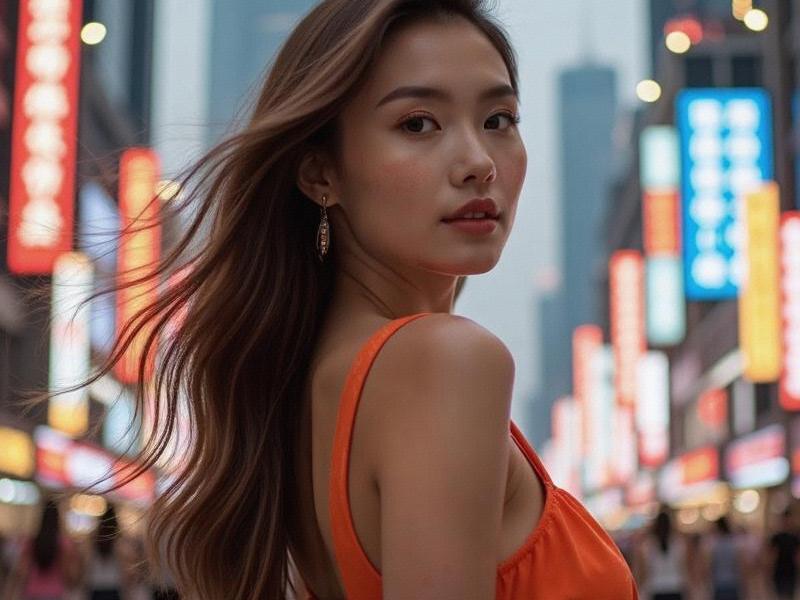This 2,700-word investigative report examines Shanghai's remarkable ability to simultaneously embrace cutting-edge modernity while preserving its rich historical essence, creating a urban model unlike any other global city.

The Paradox City: How Shanghai Masters the Art of Time Travel
The morning light reveals an urban ballet unlike any other - tai chi practitioners move gracefully beneath the twisting towers of Lujiazui, while across the Huangpu River, Art Deco buildings from the 1920s house blockchain startups. This is Shanghai's daily magic: a metropolis that exists simultaneously in multiple eras.
Architectural Time Machine
The city's physical duality:
• The Bund: 52 historical buildings now housing contemporary art galleries
• Xuhui Riverside: Former industrial zones transformed into AI research hubs
上海龙凤论坛419 • Tianzifang: Traditional shikumen housing now hosting avant-garde design studios
Economic Alchemy
Shanghai's transformation engines:
• Pudong's GDP growth from $2B (1990) to $220B (2024)
• 47% of China's foreign R&D centers concentrated in Zhangjiang
• The "Silicon Bund" phenomenon attracting 3,000 fintech firms
上海水磨外卖工作室
Cultural Equilibrium
Living heritage manifestations:
• Yue opera performances in VR theaters
• Young Shanghainese reviving traditional wedding customs
• Michelin-starred restaurants serving modern interpretations of benbang cuisine
爱上海 Social Fabric
The human dimension:
• "Hai Pai" culture's evolution in digital age
• Expat communities adopting local customs while influencing food trends
• Elderly Shanghainese teaching millennials forgotten crafts
As neon reflections dance on the Huangpu's midnight waters, Shanghai continues its extraordinary tightrope walk between past and future - not choosing one over the other, but proving a great city can, indeed, inhabit all timelines at once.